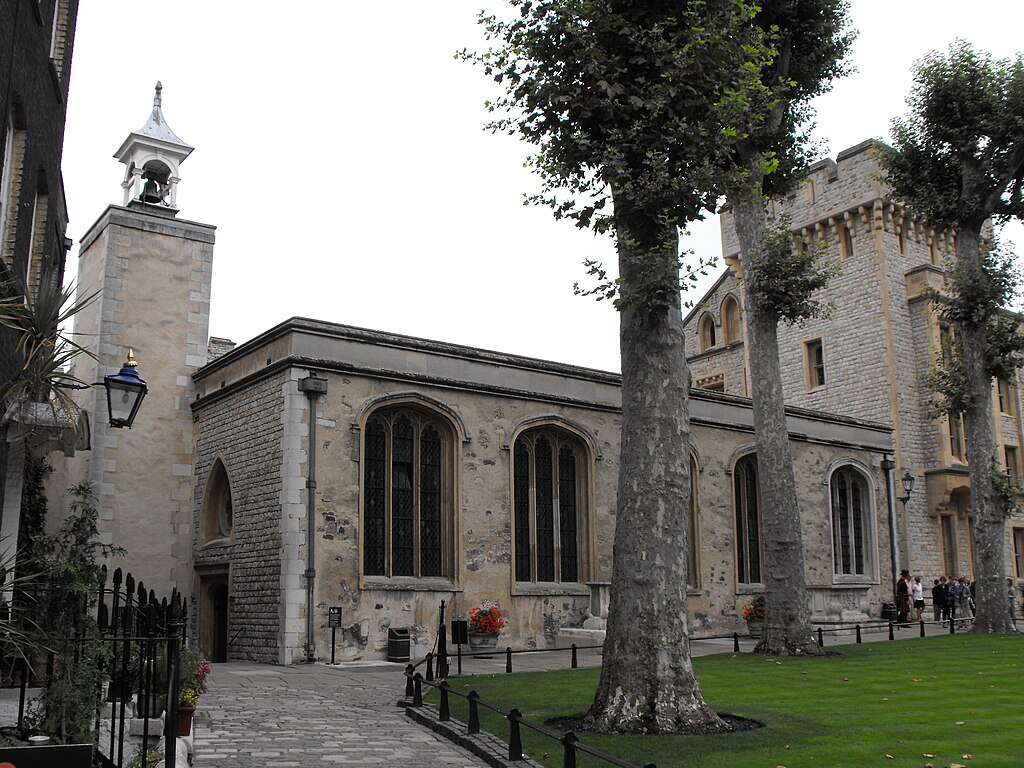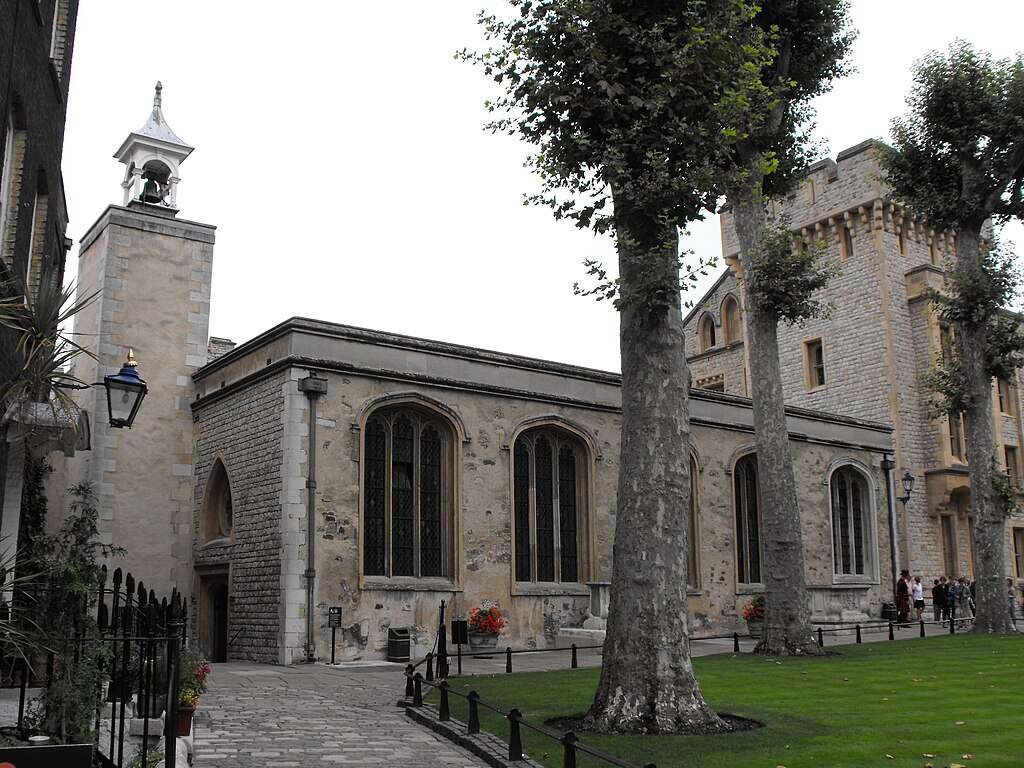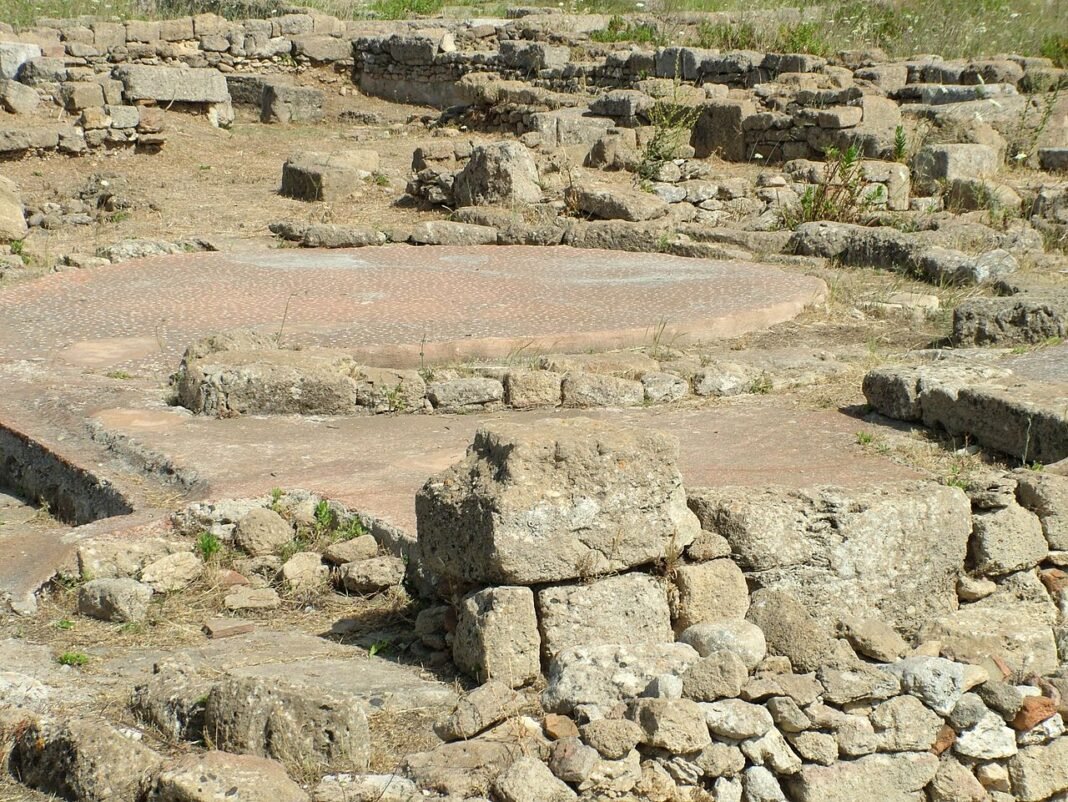
Archaeologists have uncovered rare burials and artifacts at the Tower of London, shedding new light on the fortress’s medieval past. The excavation, the largest at the site in decades, provides a fuller picture of how people once lived and died within its walls.
Secrets beneath the chapel
The dig, led by Alfred Hawkins, Curator of Historic Buildings at the Tower of London, focused on the Chapel Royal of St. Peter ad Vincula—Latin for “Saint Peter in Chains.”
The chapel, best known as the resting place of Anne Boleyn, Catherine Howard, and Sir Thomas More, has served as a place of worship for centuries. The current Tudor structure, built under Henry VIII in 1520, replaced earlier chapels dating back to the 12th century, and possibly earlier.
Excavations uncovered evidence of up to four high-status chapels built on the same site over time. The chapel’s continuity makes it unique among Tower buildings, many of which shifted roles as prisons, residences, or storehouses.
High-status burials
Archaeologists unearthed the remains of 22 individuals, dating from the 13th to the 16th centuries. Many were likely of high rank, indicated by coffin burials and their placement within or near earlier chapels.
Burial location reflected status: those inside the chapel were considered especially important, while individuals laid to rest beneath the altar held the highest significance.
An exciting graffiti discovery 🤩 This mysterious piece of 16th-century graffiti at the Tower of London has been called indecipherable for over 100 years✍️
Now we can start to read it, Jamie Ingram has discovered a rare female voice! We can’t wait to see how his work progresses. pic.twitter.com/u5NXY7ubCQ
— The Tower of London (@TowerOfLondon) December 2, 2024
The excavation also revealed fragments of jewelry, stained glass, and, in an exceptional find, burial shrouds. Textiles rarely survive in soil, but fragments endured in the clay, offering a rare glimpse into medieval funerary customs.
A rare discovery of grave goods
Among the most notable finds were two funerary incense pots dating from 1150 to 1250. Such grave goods were not common in medieval England, and only two other examples have been recorded, in Oxford and Scotland.
The discovery suggests the individual buried with them may have had links to Northern France or Denmark, where the practice was more widespread. Specialists may even be able to reconstruct the incense from preserved charcoal fragments inside the pots.
Digging deeper than ever
The excavation was prompted by plans to install an elevator to improve the chapel’s accessibility. This necessity allowed archaeologists to dig nearly 10 feet deep across 650 square feet—far deeper than usual at the Tower, where most work disturbs only about a foot of soil. Hawkins called it a unique chance to uncover information from the early 13th century.
The finds, now under study at Cardiff University, offer fresh insights into the Tower’s complex history. Beyond its role as fortress, prison, and mint, the discoveries at St. Peter ad Vincula reveal how faith, status, and ritual shaped life and death inside one of England’s most enduring landmarks.


